Hey guys hope that you are all having a great day! Can’t believe it is already the middle of the week! Today we are going to talk about the current state of virtual reality and virtual reality gamification in the health industry. Hope that you guys enjoy the post! :)
1- What is Virtual Reality (VR)?
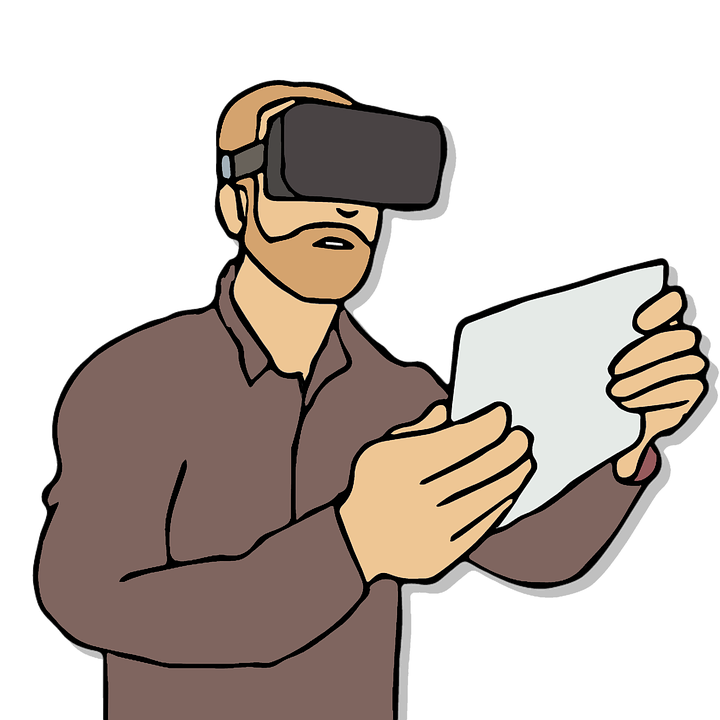
Virtual Reality can be described as a simulated 3D environment which can fully be explored and interacted with by the user. The user usually uses a headset equipped with googles. It is believed that the first head mounted display was invented by Ivan Sutherland in 1968. It was basically the first ever device attached to a computer which enabled the wearer to interact with a virtual reconstructed environment [1].
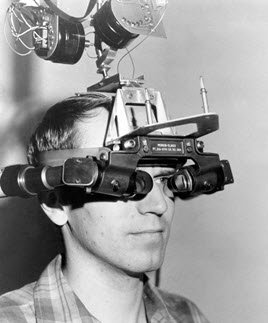
(first created head mounted display in 1968)
2- Are VR and VR gamification beneficial to the health industry in terms of cost?
A very recent paper that investigates the cost and effectiveness threshold of VR therapy in the acute hospital settings was recently published [2]. This is very important as there is currently a huge opioid crisis utilization. So if combined VR with lesser opioids use can be done on patients, that would certainly be a good thing. The study shows that VR therapy could reduce hospitalization cost by $5.39 per patient. VR therapy was shown to be cost effective in 89.2% of trials. It also reduced the length of stay of patients by 14.6 %. The results are very encouraging. Note that a part of this research was financed by appliedVR, which is a VR platform for healthcare. That was the only conflict of interest in the study, as the authors otherwise had no affiliation whatsoever with that company.
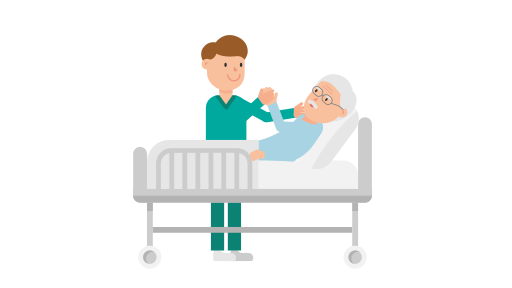
3- VR gamification in the health industry
More and more hospitals are building partnerships with VR companies to develop VR gamification therapy as an alternative or a complement to traditional drug therapies. As an example, Cedars Sinai Hospital, Boston Children’s Hospital or the Children’s hospital at Los Angeles are partnering with appliedVR [3].
VR gamification is used as a pain relief therapy in Cedars-Sinai Medicinal Center as shown by a research published last year [4]. In that paper, the researchers investigated whether there was a significant difference in 3D VR gamification, as a pain distraction versus 2D HD videos (on TV screen). The patients played a game called Pain RelieVR, where they would attempt to shoot balls at moving objects as a mean to distract them from their perception of pain. The research shows that the 3D VR gamification as a pain distraction was more effective.
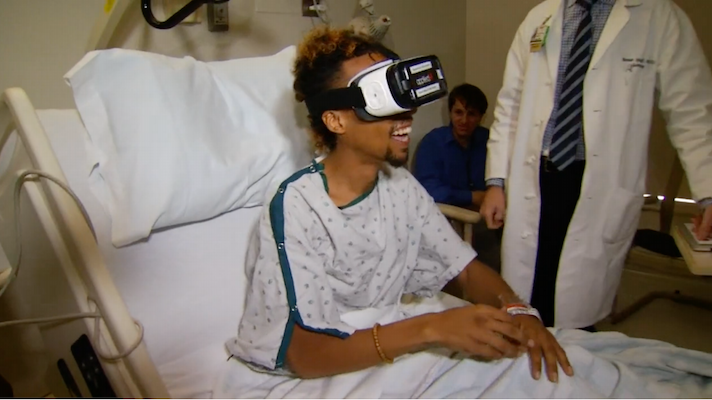
(Patient playing a VR game)
A VR game called “SnowWorld” was also developed as a therapy for patients with severe burns. The effect of that therapy was investigated by a team from the University of Washington. According to this article [5] patients who played the game experienced 50% less pain than similar patients who did not play it. SnowWorld is being currently optimized and investigated in many clinical trials. The team from the University of Washington sees VR gamification not as a replacement for conventional drugs but rather as a complementary therapy to them.
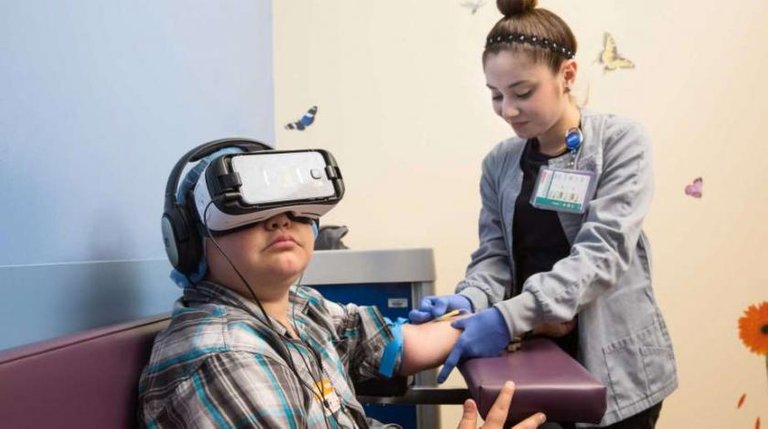
4- Some other uses of VR in the health industry
VR is used in hospitals as a mean to relieve or lower anxiety. A researcher from Sunnybrook health science is currently researching how VR can be used to decrease the anxiety level of patients who will undergo surgery [6].
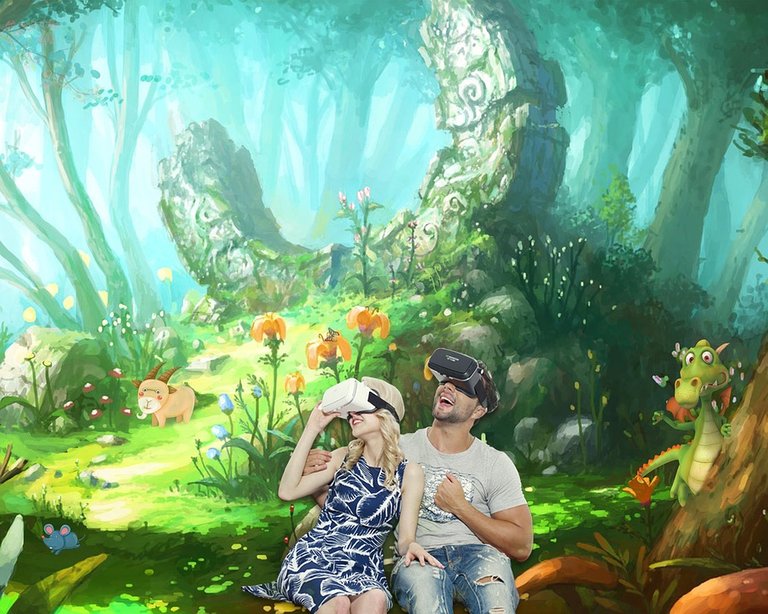
VR is also used to help paraplegics regain muscle control. It was used on patients affected by severe spinal cord injuries. Those patients were able to partially regain control over their lower bodies after a 12-month rigorous program [6]. VR is also used to treat bipolar disorders in patients [6].
VR is now used more and more among surgeons, as a practice method before surgery [5]. At the Masonic Children’s Hospital in Minneapolis, VR helped a surgical team successfully perform a separation surgery on conjoined twins. Before surgery, the surgeons used a VR 3D reconstructed environment from CT, ultrasound and MRI scans of the twins bodies. That was how they were able to accurately plan and practice before performing the important surgery. VR is also used to train surgeons in other areas of medicine.
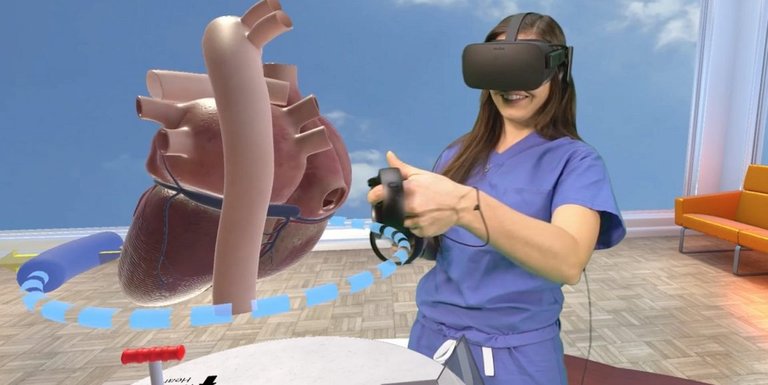
Conclusion
I personally find VR and VR gamification very exciting. I think that the technology can definitely improve and that many projects will be developed in the future. Unless it shows major side effects on the patients (which I have not seen so far), it is definitely an approach that needs to be further evaluated in the health industry and used in combination with standard therapies to improve hospital settings.
In this post I have only talked about just a few application of VR/VR gamification in the health industry. There are many other applications, that I will discuss more in detail in a future post.
Thank you for reading this post and hope you guys liked it! What do you guys think of VR in the hospital? Is it a good or a bad thing? Do you think that in the future it will revolutionize hospitals? Let me know :) !
References
[1] https://www.vrs.org.uk/virtual-reality/beginning.html
[2] https://www.nature.com/articles/s41746-018-0026-4.pdf
[4] http://mental.jmir.org/2017/1/e9/
[5]htps://www.nbcnews.com/mach/science/3-ways-virtual-reality-transforming-medical-care-ncna794871
[6] https://vrtodaymagazine.com/medical-virtual-reality/
Pictures
Picture 1 was taken from https://goo.gl/zsUUUo
Picture 2 was taken from https://goo.gl/Mv2Gux
Picture 3 was taken from https://goo.gl/zoMHkt
Picture 4 https://goo.gl/otGLvj
Picture 5 was taken from https://goo.gl/vqVJVL
Picture 6 was taken from https://goo.gl/JnUqps
Picture 7 taken from https://goo.gl/CRfgup
juv79505 sincerely thank you for reading this article. Please feel free to comment below in case you have ideas, questions, suggestions or simply want to criticize this article. Also, note that all pictures used in this article were extracted from the google section “pictures labeled for commercial reuse”. Stay tuned for more articles on health, environment, artificial intelligence, video games, technology in general, books, graphic novels, geography, history, sports and much more!
This is a very interesting medical treatment!
I heard Masonic Children’s Hospital for the first time!
Freemasonry is also very famous in Japan!
However, there are many mysteries about its identity…What kind of organization are they?
Thank you my friend, I think so too!
Oh I did not know that they were very famous in Japan, that is actually very interesting. Oh yeah there are so many mysteries. I did not do a lot of research on this but the thing is usually when I hear people talk about Freemasonry, it is usually associated with something negative. But again, I do not know enough on that subject, so take my words with a grain of salt.
Oh! the same in Japan!
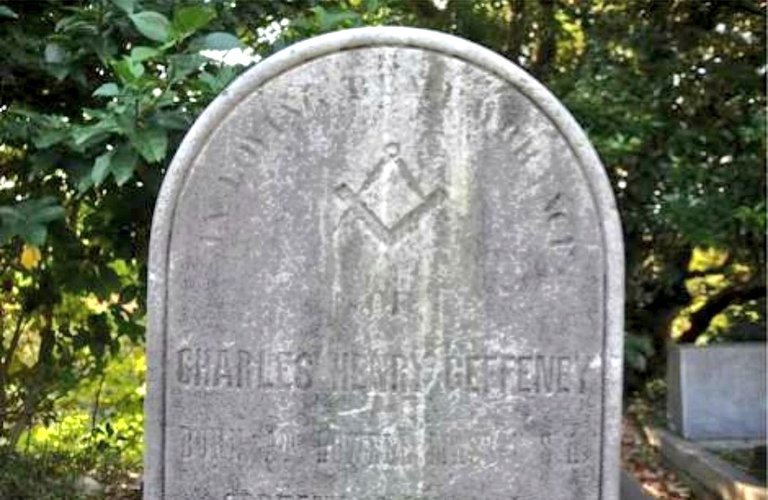
Freemasonry is famous conspiracy theory in Japan!
But I have investigated much about them.
They also have Mark in the grave of Japan.
I still do not know what it means, but I think they have a hidden goal.
Oh really? Wooooow, I definitely wasn't expecting that.
Yes, This is actually the tomb of the British in Nagasaki Prefecture of Japan.
They made a Japanese political system 150 years ago. But then after Japan quickly lost its culture.
So "were they involved?" There is a rumor that.
Woooow I see, what a story! Yeah quite a mystery.
Woooow I see, what a story! Yeah quite a mystery.
Peace, Abundance, and Liberty Network (PALnet) Discord Channel. It's a completely public and open space to all members of the Steemit community who voluntarily choose to be there.Congratulations! This post has been upvoted from the communal account, @minnowsupport, by juv79505 from the Minnow Support Project. It's a witness project run by aggroed, ausbitbank, teamsteem, theprophet0, someguy123, neoxian, followbtcnews, and netuoso. The goal is to help Steemit grow by supporting Minnows. Please find us at the
If you would like to delegate to the Minnow Support Project you can do so by clicking on the following links: 50SP, 100SP, 250SP, 500SP, 1000SP, 5000SP.
Be sure to leave at least 50SP undelegated on your account.